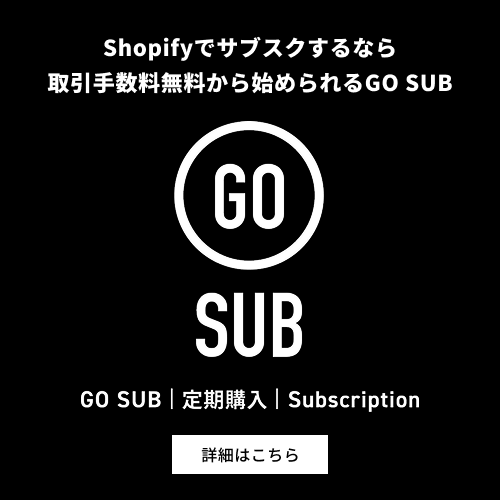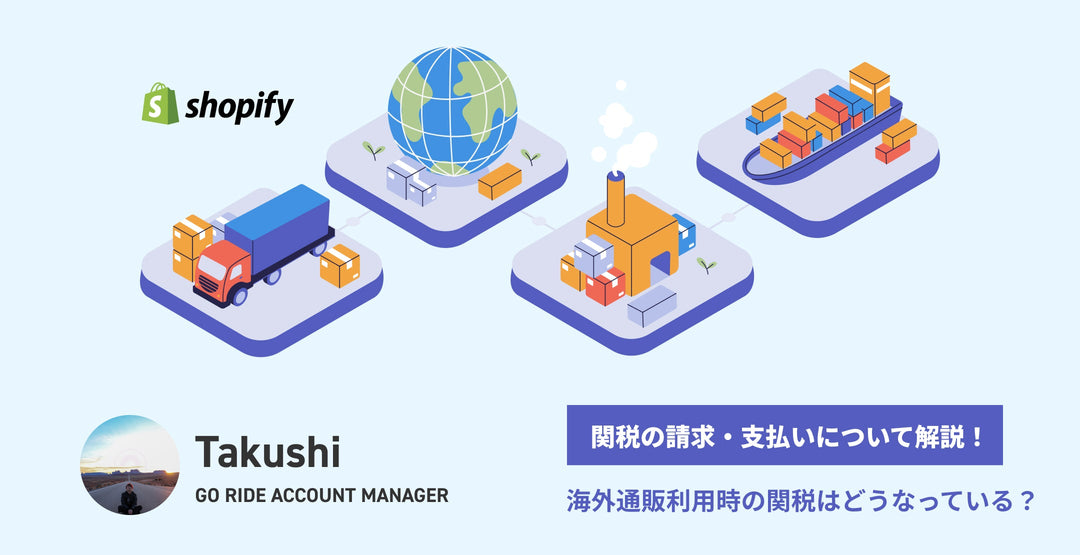Introduced a 3D model to SHOPIFY! Use the app to improve UI and appeal to product value.
The merit of introducing a 3D model with SHOPIFY
Shopifyで3Dモデルを導入すると、商品の細かい部分や画像だと表現しずらい部分も視覚化することができ、UIの向上につながります。
-
商品のリアルな表現
3Dモデルを使用することで、商品をよりリアルに視覚化することができます。顧客は商品をより詳細に見ることができ、購買意欲が高まる可能性があります。
-
顧客エンゲージメントの向上
3Dモデルを使ったインタラクティブな表示は、顧客の興味を引き付け、滞在時間を増やすことができます。これにより、顧客が商品により関心を持つ可能性が高まります。
-
他の顧客よりも目立つ
3Dモデルを導入しているショップはまだ少ないため、競合に対し優位に立てる可能性があります。
Frequently used 3D modeling software
Shopifyで3Dモデルを導入するには、3Dモデルの作成を依頼するか、自分で作成する必要があります。よく使用されている3Dソフトは以下があります。
-
Maya
- 3Dモデリング、アニメーション、レンダリング用ソフト。
-
Blender
- 無料の3D作成ソフトウェア、モデリングからアニメまで。
-
3ds Max
- 3Dモデリング、アニメーション用ソフト、主にゲーム、映画向け。
-
ZBrush
- 高度な3Dスカルプティングとペインティング用ソフト。
-
Substance Painter
- 3Dテクスチャとマテリアル作成用ソフト。
-
Photoshop
- 画像編集、合成用ソフト、業界標準。
3D modeling checklist
Shopifyで3Dモデルを作成する場合、Shopifyが定めた基準に適合していることを確認しましょう。以下はShopifyが提供している3Dモデルのチェックリストです。
-
以下のファイルを含むGLBファイルまたはUSDZファイルがマーチャントに送信されている。
- モデルのジオメトリ
- 1つのベースカラーテクスチャ
- 1つの通常マップテクスチャ
- Ambient occlusion、ラフネス、メタルネスがそれぞれRBGチャネルにマッピングされた1つのテクスチャー
- 1つのエミッシブマップ (該当する場合)
- すべてのテクスチャがJPG形式に変換されている (可能な場合)。
-
ファイルサイズが500MB以下であること。
- 15MBを超えるモデルは、自動的に最適化されてファイルサイズは小さくなります。15MB以下のモデルは自動的に最適化されません。一般的に、モデルのファイルサイズは15MBより小さくなくてはなりません。3Dモデルは通常、約4MBです。
- モデルは商品を適切に表現している。
- ポリゴンが反転または重なり合っていない。
-
ジオメトリは必要分だけとなっている。
- 正確さと滑らかなシルエットを確保するため、3Dモデルではポリゴンを必要数のみにとどめる必要があります。幾何学的に見えてはいけません。
- PBRワークフローが使用されている。
- ジオメトリに割り当てられたマテリアルが、商品リファレンスと一致している。
- 3Dソフトウェアからエクスポートする場合、モデルには1つのマテリアルしか割り当てられていない。
-
3Dモデルにはすべて、Ambient occlusionマップにベイク処理されたシャドウが含まれている。
- シャドウを追加することで、モデルのリアルさを簡単に高めることができるため、シャドウは常に含める必要があります。
などなど...さらに詳しくはこちら
How to introduce an app and introduce a 3D model
アプリを導入して3Dモデルを導入することも可能です。

- 独自の3Dカスタマイズオプション(カラー/テクスチャまたは製品バリエーション)を作成。
- Shopifyのバリエーションを3Dカスタマイズオプションに簡単にバインド。
- 顧客にAR体験を提供し、3D製品を顧客のスペースで見ることができます。
- バンドル機能で商品をグループ化し、1つのユニットとして販売。
- 翻訳対応(Translation Lab, Weglot, GTranslate & Languify)
価格$39/月〜
デモサイトを見てみると、360度グリグリと回転でき、操作性も高くクオリティが高いですね!
バリアントの設定や、詳細をクリックできるボタンを設定したりと、様々なオプションも用意されています。
3Dモデルは自分で用意するか、アプリの開発会社に依頼し作成いただくことも可能だそうです。









![[Shopify Plus] Automate your sales! Schedule theme and price changes on Launchpad and important points to note](http://goriderep.com/cdn/shop/articles/launchpad_788bf14b-1e5a-43b8-8691-f82c13dd73fb.jpg?v=1764920808&width=600)
![Shopify Update Summary [4th Week of November] - Strengthening Support When in Trouble + Development Progressing Steadily](http://goriderep.com/cdn/shop/articles/update-3_ac2f902b-157b-4c8c-b934-5cd24e0642fe.png?v=1764195067&width=600)

